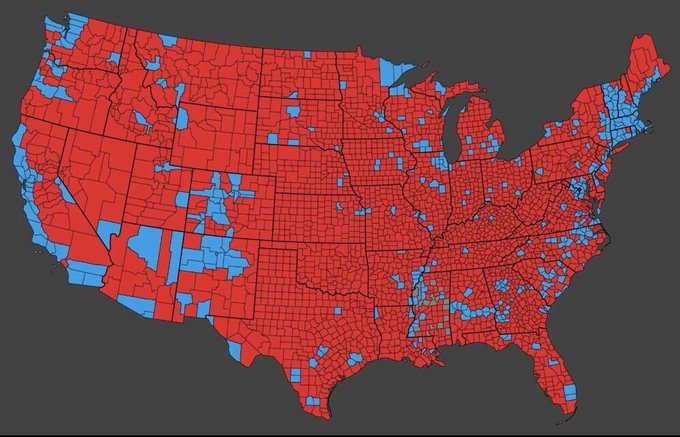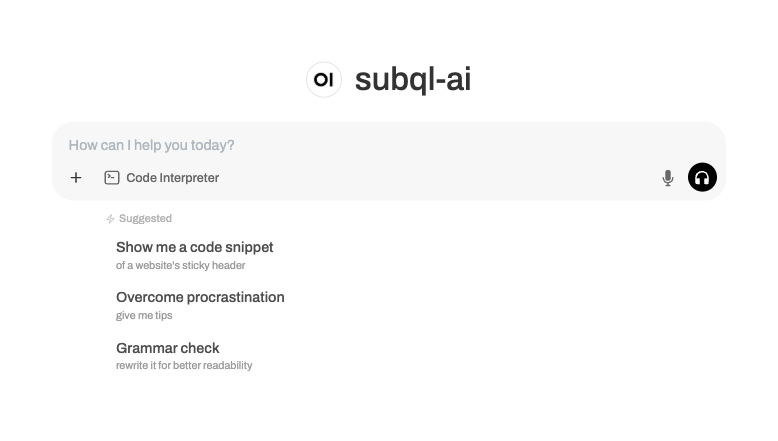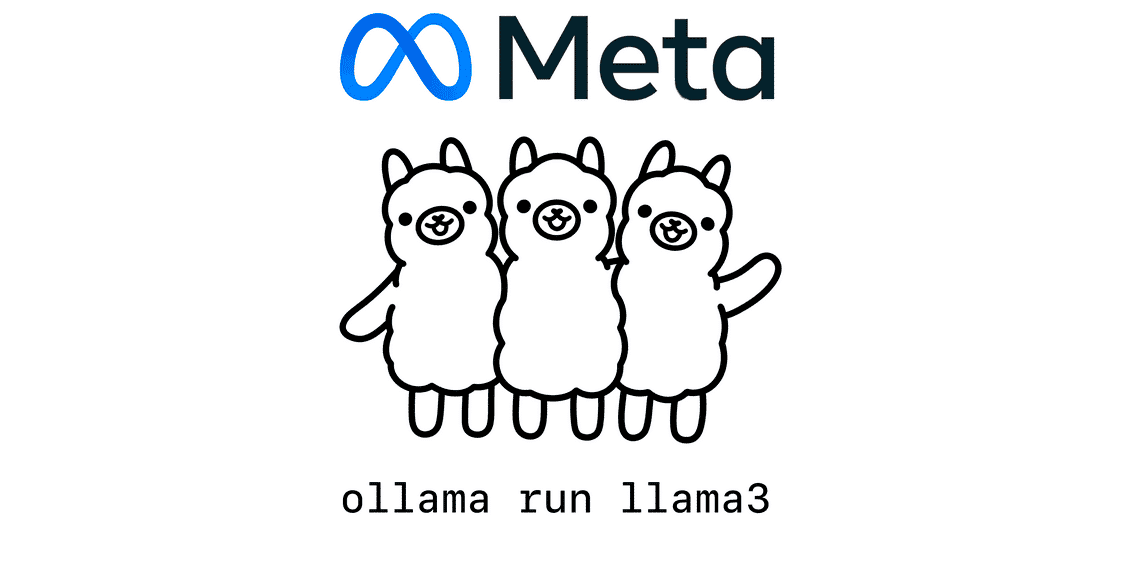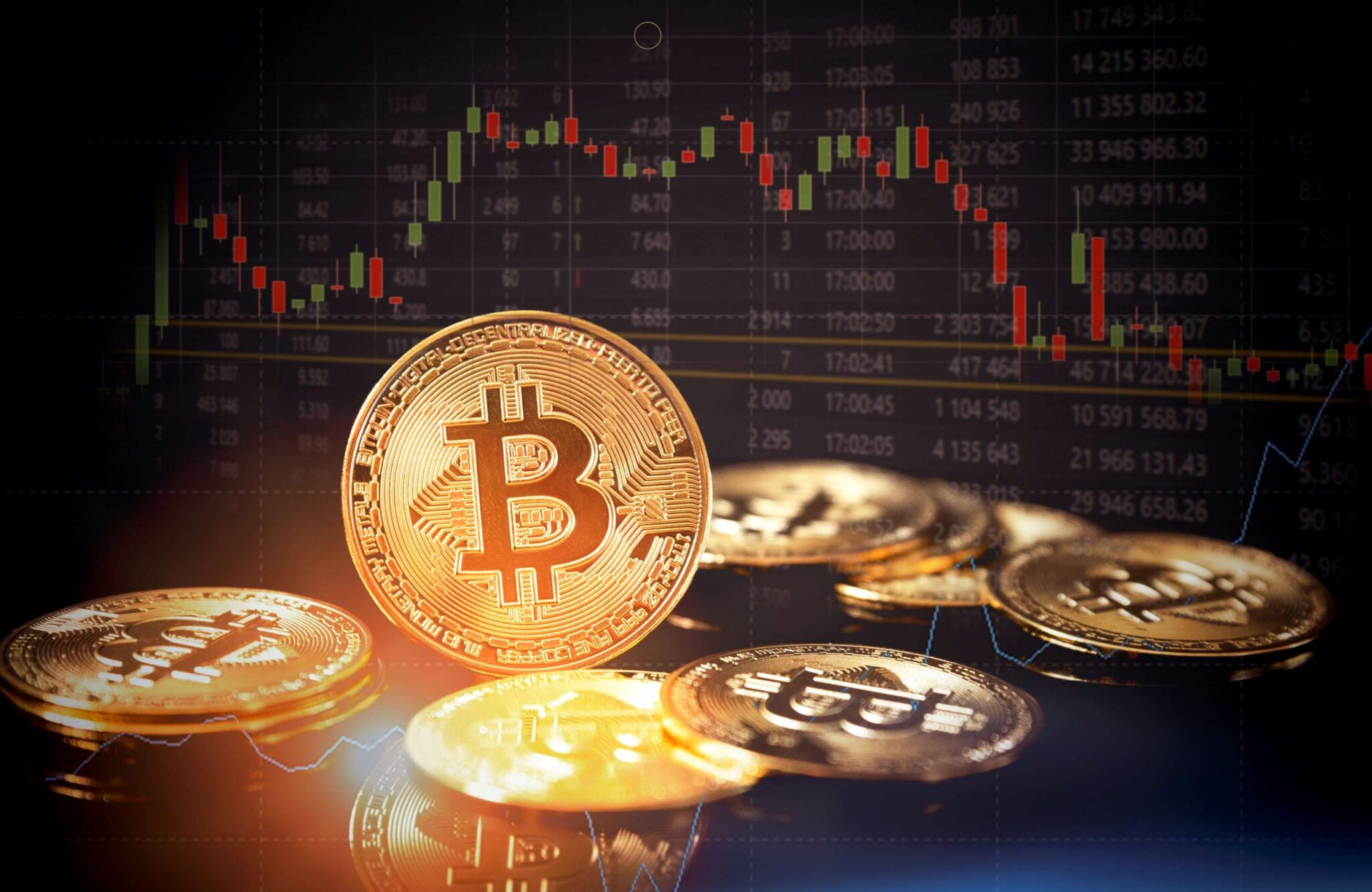How Does Bitcoin Halving Influence Inflation Control?
The post How Does Bitcoin Halving Influence Inflation Control? appeared on BitcoinEthereumNews.com. Bitcoin halving is a fascinating phenomenon with the power to reshape the cryptocurrency landscape. Every four years, the rewards for mining Bitcoin are cut in half, leading to significant economic ripples. But how exactly does this event help control inflation? Dive in to uncover the mechanics behind Bitcoin halving and its broader economic implications. Decoding Bitcoin halving and also want to learn investing? The bitcoin-eprex.org/ can connect you with experts for a deeper understanding. Bitcoin Halving and Market Reactions Bitcoin halving is a pivotal event that generates considerable interest in the cryptocurrency world. When Bitcoin’s block reward is cut in half, miners receive fewer bitcoins for their efforts. This reduction in rewards happens roughly every four years, and it’s designed to control the supply of new bitcoins entering the market. Historically, these halvings have had significant impacts on Bitcoin’s price. For example, after the 2012 halving, Bitcoin’s price surged from around $12 to over $1,000 within a year. Similarly, the 2016 halving saw prices climb from approximately $650 to nearly $20,000 by the end of 2017. The 2020 halving was no different, with Bitcoin’s value jumping from about $9,000 to over $60,000 in the following year. Why does this happen? One reason is scarcity. As the reward for mining decreases, fewer new bitcoins are introduced, making existing bitcoins more valuable. This scarcity effect often leads to increased demand, as investors anticipate future price rises. Another factor is market sentiment. The buzz around halving events can create a frenzy of buying activity, pushing prices higher. However, it’s not all smooth sailing. Post-halving periods can also bring volatility. In the short term, the market can experience wild price swings as investors react to the reduced supply and adjust their strategies. For instance, after the initial post-halving spike, Bitcoin’s price sometimes drops as…
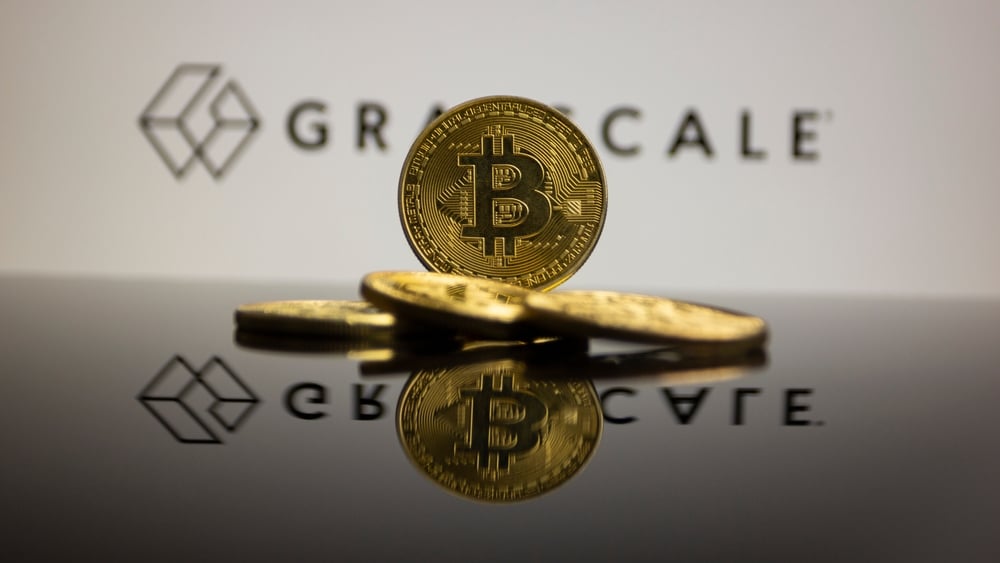
The post How Does Bitcoin Halving Influence Inflation Control? appeared on BitcoinEthereumNews.com.
Bitcoin halving is a fascinating phenomenon with the power to reshape the cryptocurrency landscape. Every four years, the rewards for mining Bitcoin are cut in half, leading to significant economic ripples. But how exactly does this event help control inflation? Dive in to uncover the mechanics behind Bitcoin halving and its broader economic implications. Decoding Bitcoin halving and also want to learn investing? The bitcoin-eprex.org/ can connect you with experts for a deeper understanding. Bitcoin Halving and Market Reactions Bitcoin halving is a pivotal event that generates considerable interest in the cryptocurrency world. When Bitcoin’s block reward is cut in half, miners receive fewer bitcoins for their efforts. This reduction in rewards happens roughly every four years, and it’s designed to control the supply of new bitcoins entering the market. Historically, these halvings have had significant impacts on Bitcoin’s price. For example, after the 2012 halving, Bitcoin’s price surged from around $12 to over $1,000 within a year. Similarly, the 2016 halving saw prices climb from approximately $650 to nearly $20,000 by the end of 2017. The 2020 halving was no different, with Bitcoin’s value jumping from about $9,000 to over $60,000 in the following year. Why does this happen? One reason is scarcity. As the reward for mining decreases, fewer new bitcoins are introduced, making existing bitcoins more valuable. This scarcity effect often leads to increased demand, as investors anticipate future price rises. Another factor is market sentiment. The buzz around halving events can create a frenzy of buying activity, pushing prices higher. However, it’s not all smooth sailing. Post-halving periods can also bring volatility. In the short term, the market can experience wild price swings as investors react to the reduced supply and adjust their strategies. For instance, after the initial post-halving spike, Bitcoin’s price sometimes drops as…
What's Your Reaction?








































.png)




